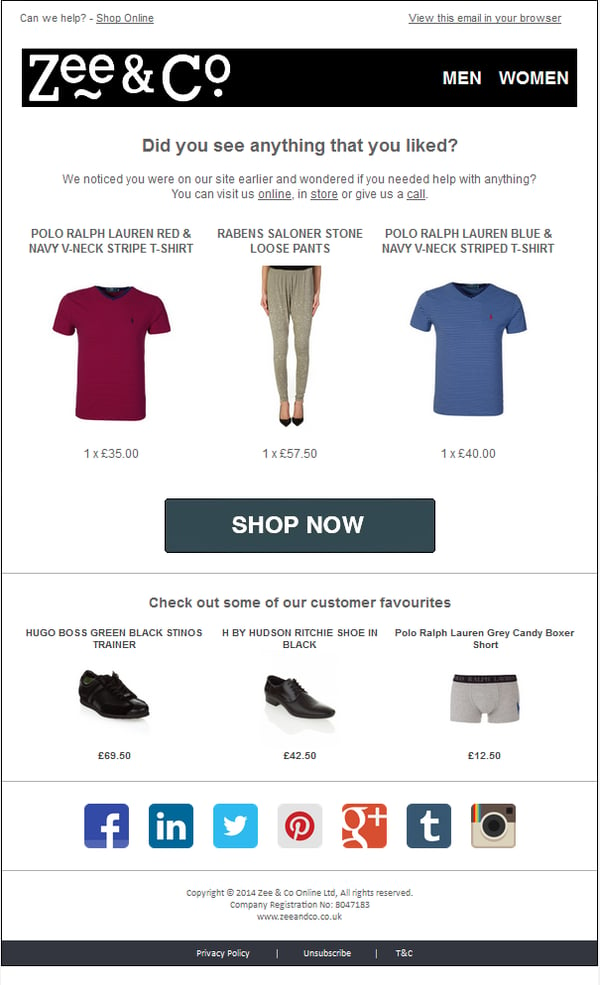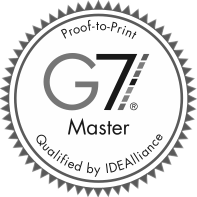Santa isn’t the only one with a list this time of year. Marketers have a list, too; a list of marketing campaigns aimed at capturing holiday sales.
The National Retail Federation expects holiday sales to increase by about 4% this year, which means consumers will spend around $730 billion between November and December.
To get a piece of the holiday pie, marketers are creating, segmenting, and sending a variety of campaigns to attract customers. But, there’s a lot of competition out there. So, how can marketers create holiday campaigns that not only stand out but also get results?
To help, here are some tips to up your holiday marketing game.
1. Offer personalized discounts
One of the most popular strategies that marketers use to drive holiday sales is to offer discounts, coupons, or a deal of some kind. Research shows 47% of marketers rely on this kind of money-saving incentive to earn holiday sales, according to Software Advice.
Offering a coupon might seem like an old-school method, but there’s a reason marketers use this tactic year after year—it works. Research shows 64% of consumers say coupons are the best way to encourage a purchase, says Retail TouchPoints.
However, sending blanket deals to every customer on your list isn’t effective. In a competitive world, personalization has become a crucial part of every campaign. Sixty-nine percent of consumers say they expect marketers to send relevant offers during the holiday season.
In response, marketers should segment their list by customer preferences and past purchases, and offer a deal that’s tailored to each group. Customers with a history of purchasing shoes, for example, could receive a discount on footwear.
2. Suggest relevant products
Personalization should extend beyond tailored coupons. Marketers should also suggest products based on a customer’s preferences, behavior, and past purchases.
There are a lot of different ways to suggest products. Marketers can suggest similar products that are inspired by recent purchases, recommend accessories to go with a certain purchase, or suggest the most popular holiday gifts.
When you suggest products, the whole point is to rely on customer data to offer valid, relevant suggestions that a customer is actually interested in.
Zee & Co. sends hyper-personalized campaigns by showing customers products they actually looked at on their website, which is an impressive way to offer customized product suggestions.

3. Reward loyal customers
One of the best ways to bump up holiday sales is to connect with loyal customers.
During the holidays, show your appreciation to this select group of customers with a special offer. The offer might be a rare coupon like $10 off of a $20 purchase, early access to a new product, or an exclusive experience like after-hours shopping or a behind-the-scenes tour of your business.
Here’s a great example of a coupon for a VIP customer.

This holiday marketing campaign focuses on your existing customers, which is a smart play since it’s five time more expensive to attract a new customer than it is to keep an existing one.
4. Offer valuable gift inspiration
Finding the perfect gift isn’t always easy. Shoppers spend a lot of time wandering aimlessly through stores or scrolling through products online. Research shows 47% of shoppers need gift ideas this season. Marketers can help. This year, offer gift inspiration in the form of a holiday gift guide.
Gift guides can be created digitally, but to really grab attention, send one in the mail. Holiday gift guides are making a comeback. In fact, catalogs in general have made a comeback.
JCPenney revived its “Big Book” several years ago for the holiday season. Even online retailers like Amazon sent a catalog to savvy shoppers.
These retailers decided to print and mail a catalog over emailing one because print is an eye-catching, tactical medium that grabs attention. Statistics show catalogs are well-received, too. Customers spend an average of 15 minutes looking through a catalog, and if it’s not read immediately, customers often set it aside to look at later, according to a USPS study. Compared to a digital gift guide that can be ignored with a swipe of finger, a printed catalog is a smarter investment.
Here’s a great catalog from Shawmut client, Earth Shoes. With a striking cover, impressive images, and bite-sized product information, it’s perfect for customers.


While a traditional catalog like this is an option, you can also create a mini-catalog. Catalog formats have evolved, making them easier to create and more affordable to send. For example, this award-winning lookbook for Shoeline could make an excellent holiday gift guide.

5. Focus on sustainability
Does your company have sustainability programs? If so, the holiday season is the perfect time to tell customers about them.
What does recycling and carpooling have to do with retail sales? Research shows 66% of holiday consumers are willing to spend more on a product if it’s made by a company that puts the environment first, according to data from Deloitte. The trend is mostly fueled by the younger generation, so consider creating a sustainable holiday campaign aimed at millennials.
If products are made from recycled goods or created in a solar powered plant, for example, add that information to your holiday marketing campaign. Put a link in the campaign that offers additional information, like pointing customers to the company’s sustainability initiatives. It’s an outside-the-box idea that is effective and separates your company from competitors.
Wrap up
The holiday season is always busy for marketers, but it’s important to take the time to create personalized campaigns that customers find value in. In the holiday frenzy, it’s easy to send everyone a bunch of coupons, but a slower, more focused approach is best. Holiday campaigns that are personalized and creative will stand out—and customers will reward you for it.









